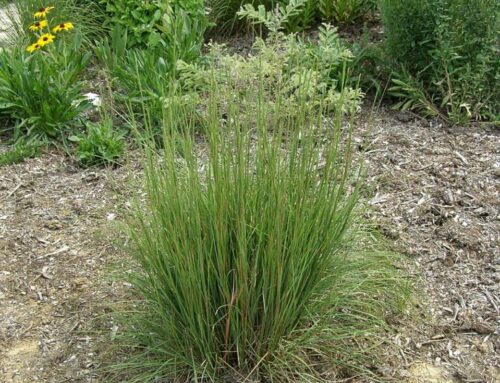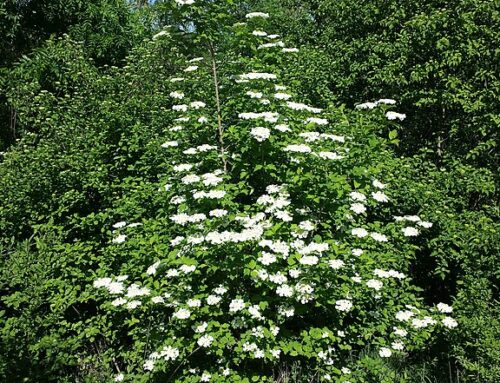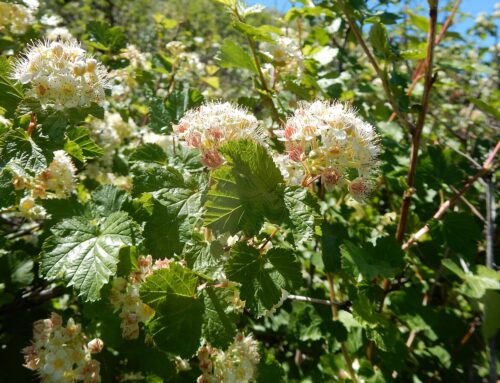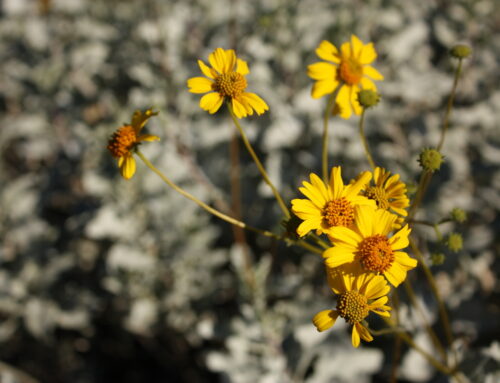One plant that has been thriving in the Colorado landscape for centuries is the prickly pear cactus. Known for its resilience and unique beauty, the prickly pear cactus has become a staple in many Colorado gardens and landscapes. In this blog post, we will explore why the prickly pear cactus grows so well in Colorado and how landscapers can incorporate this versatile plant into their designs.

Thanks to the NPS for this image
The prickly pear cactus, also known as Opuntia, is a type of cactus that is native to North and South America. It is characterized by its flat, paddle-shaped stems covered in sharp spines and colorful flowers that bloom in the spring and summer months. One of the reasons why the prickly pear cactus thrives in Colorado is its ability to tolerate extreme temperatures and drought conditions. With hot summers and cold winters, Colorado’s climate can be challenging for many plants, but the prickly pear cactus has adapted to survive in these harsh conditions.
Another factor that contributes to the success of the prickly pear cactus in Colorado is its ability to grow in poor soil with good drainage. The rocky terrain and low nutrient levels in many parts of Colorado make it difficult for plants to thrive, but the prickly pear cactus requires minimal maintenance and can thrive in these conditions. Its deep root system allows it to access water stored deep underground, making it well-suited for dry climates like Colorado.
In addition to its resilience and adaptability, the prickly pear cactus offers landscapers a variety of design possibilities. Its unique shape and texture add visual interest to garden beds and containers, while its vibrant flowers attract pollinators such as bees and butterflies. Whether used as a focal point in a xeriscape garden or as a border plant along a walkway, the prickly pear cactus adds a touch of desert flair to any landscape design.
For landscapers looking to incorporate prickly pear cacti into their designs, there are a few key considerations to keep in mind. First, make sure to plant them in well-draining soil with plenty of sunlight. Avoid overwatering as this can lead to root rot, especially during the winter months when they are dormant. Prickly pear cacti are also susceptible to pests such as scale insects, so be on the lookout for signs of infestation and treat them promptly.
The prickly pear cactus is truly a gem in Colorado’s landscape, thriving where many other plants struggle. Its resilience, adaptability, and unique aesthetic qualities make it an excellent choice for landscapers looking to create drought-tolerant gardens with a touch of desert beauty. By understanding why the prickly pear cactus grows so well in Colorado and following some simple care tips, landscapers can successfully incorporate this versatile plant into their designs for years to come.





